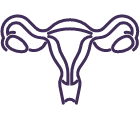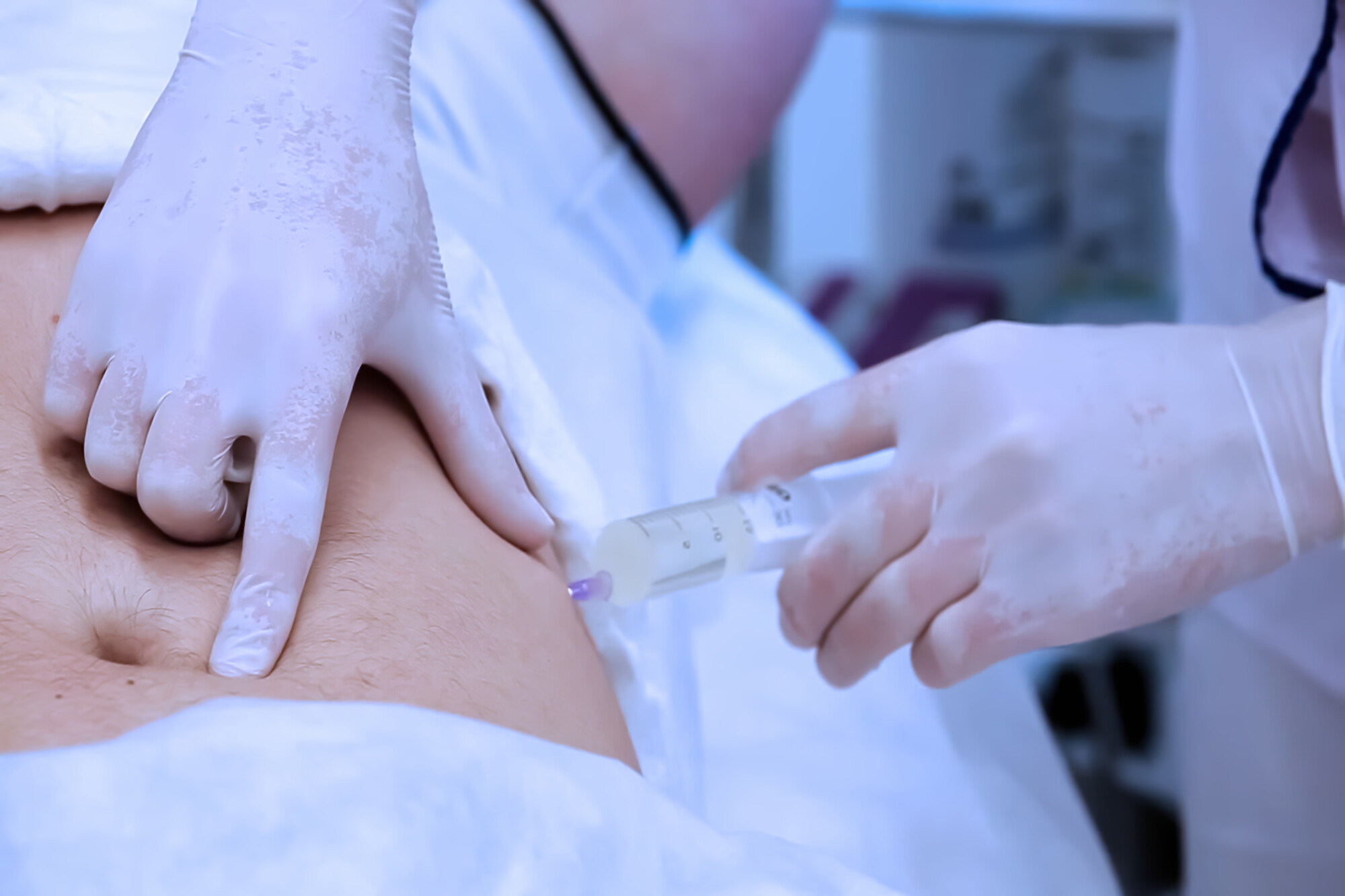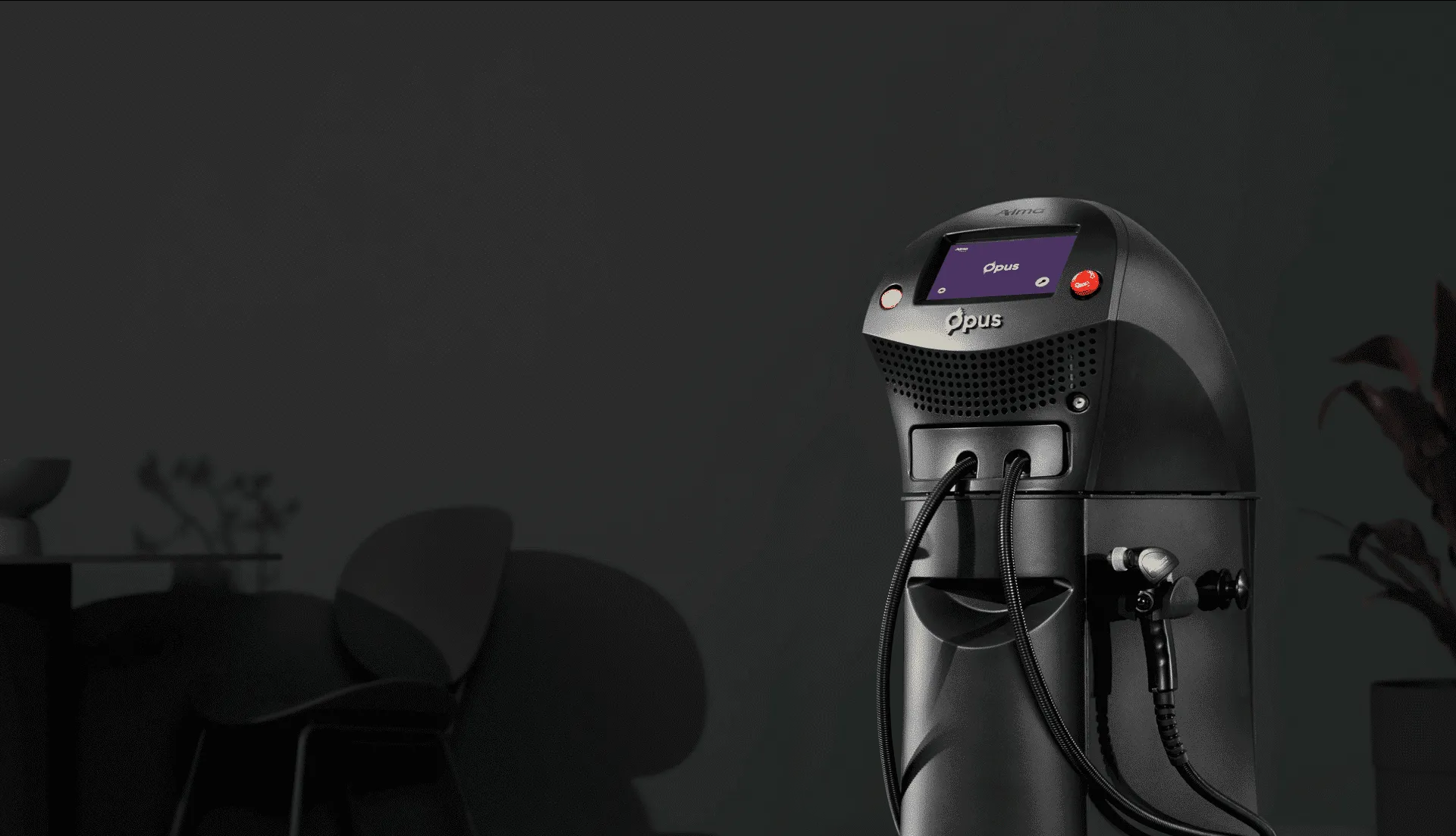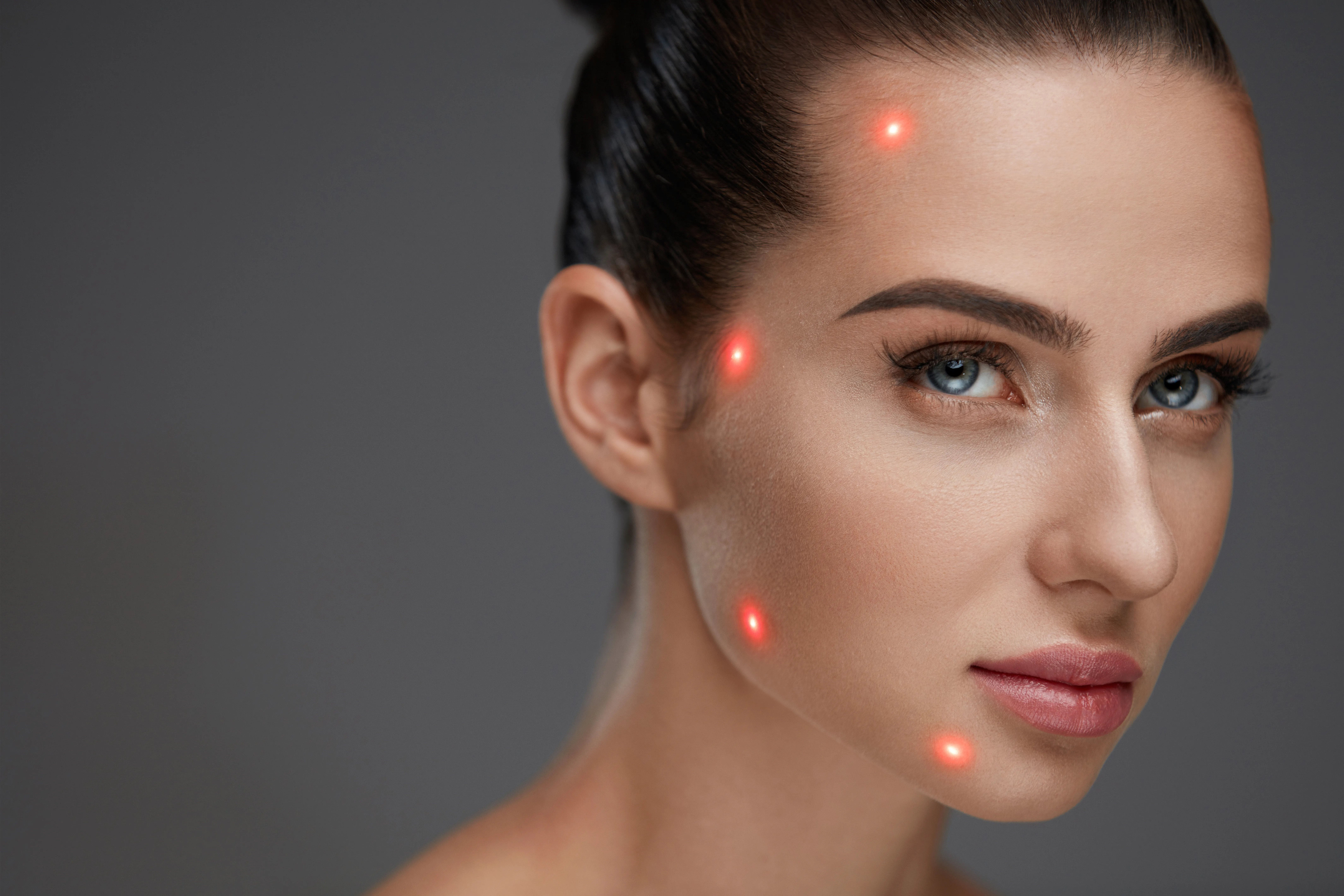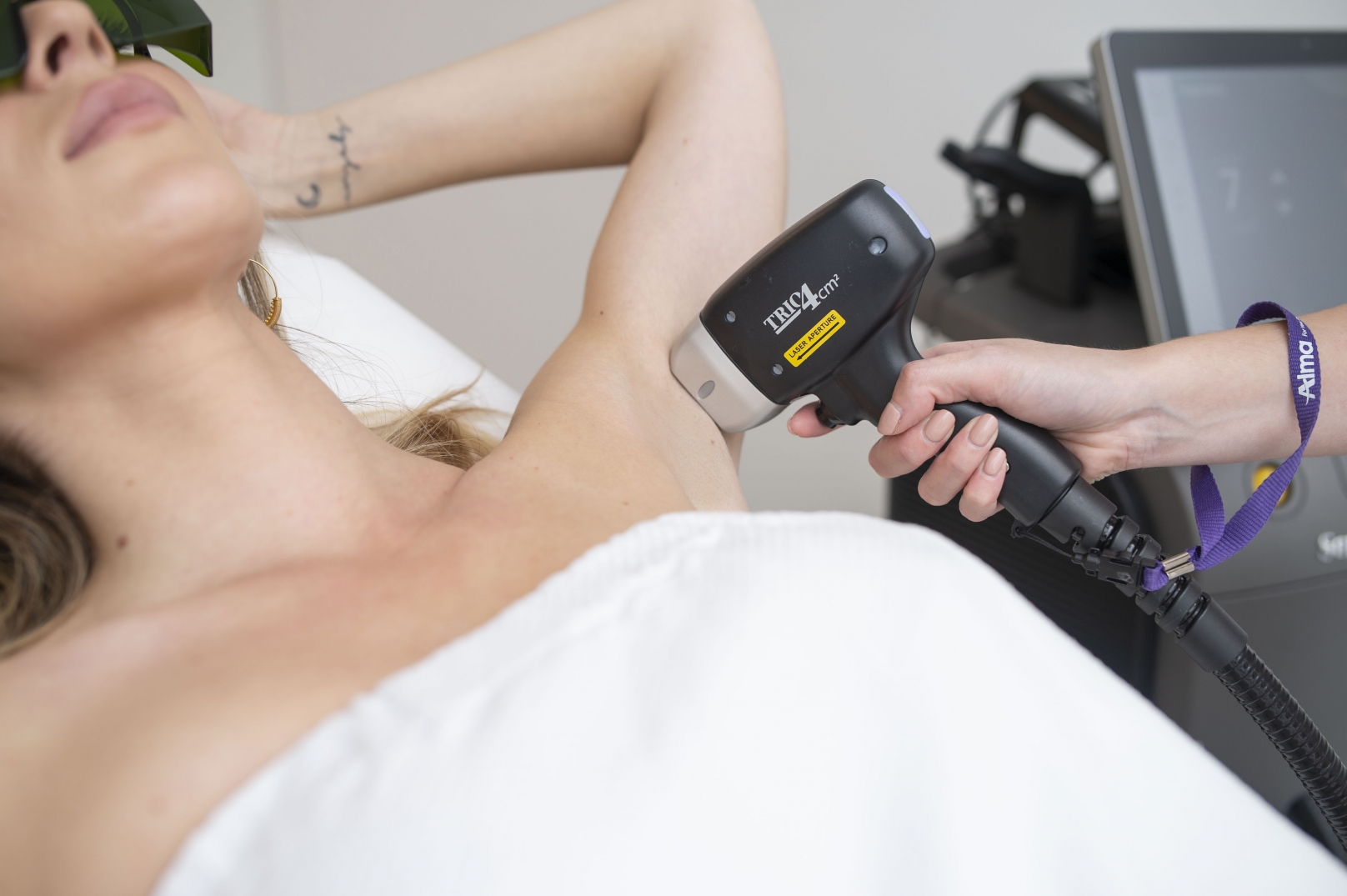Considering getting fat grafting surgery, but not sure what to expect? Surgery is always a big decision, and fat grafting surgery can be especially daunting because it’s a relatively new procedure.
We’ve written this guide to help you understand everything you need to know about preparing for and recovering from fat grafting surgery.
Read on for more information:
What Is Fat Grafting Surgery?
Fat grafting surgery, also known as a fat injection or fat transfer, is a cosmetic procedure involving transferring fat from one body area to another. The fat is usually taken from the abdomen, thighs, or buttocks through liposuction.
It is then injected into areas that need more volume, such as the face, hands, breasts, or buttocks.
What Are the Benefits of This Surgery?
There are many benefits of fat grafting surgery. Let’s look at them in more detail:
1) It Can Help to Improve the Appearance of Wrinkles and Lines
As people age, they often start to notice changes in their skin. Fine lines and wrinkles can begin to appear, and the skin may start to lose its elasticity. This can be a natural part of ageing, but it can also be caused by sun damage etc.
Injecting fat into the face can help to improve the appearance of wrinkles and lines. The fat helps to plump up the skin, making wrinkles less noticeable.
It can also help to fill in hollow areas, giving the face a more youthful appearance. The effects of fat injections are usually temporary, but they can provide a significant improvement in the appearance of ageing skin.
2) It Can Add Volume to Areas of the Face That Have Lost It
Face fat grafting is a cosmetic procedure that involves taking fat from one area of the body and injecting it into the face. As we age, we lose fat in our faces, which can make us look gaunt or sunken.
Fat grafting can help to restore lost volume, giving the face a more youthful appearance. The procedure is usually performed using local anaesthesia, and there is minimal downtime.
Recovery typically takes about two weeks, and side effects are usually minor and temporary. Face fat grafting can help to improve the appearance of wrinkles, fine lines, and scars.
It can also add volume to areas of the face that have lost it, such as the cheeks or lips. If you are considering face fat grafting, be sure to consult with a qualified plastic surgeon to find out if the procedure is right for you.
3) It Can Provide Natural-Looking Results
One of the main advantages of fat grafting is that it can provide natural-looking results. The fat cells used for grafting are your own, so there is no risk of rejection.
In addition, fat grafting can be used to add volume to any area of the face, providing a subtle and natural-looking result. Fat grafting is also a minimally invasive procedure.
This means that there is less downtime and fewer side effects than with other types of facial augmentation.
As a result, fat grafting is an increasingly popular option for those looking for a safe and effective way to improve their appearance.
4) It Can Be Used to Correct Asymmetry
As we age, it’s not uncommon for our bodies to become less symmetrical. This can be due to several factors, including weight loss, pregnancy, and even the natural ageing process.
While some asymmetry is normal, too much can start to affect our appearance and self-confidence. Fortunately, fat grafting provides a way to restore symmetry and achieve a more balanced look.
The procedure involves taking fat from one area of the body and injecting it into the areas that are lacking volume.
This can help to even out the face or body, providing a more youthful and refreshed appearance. If you’re concerned about asymmetry, fat grafting may be right for you.
5) It Can Be Combined With Other Procedures
The beauty of fat grafting surgery is that it can be combined with other procedures to help achieve more comprehensive results than would otherwise be achievable without it.
For example, if you are considering a facelift, breast augmentation, or liposuction, your surgeon may recommend combining fat grafting with these procedures.
Fat grafting can help to add volume and contour to the face, breasts, or body, giving you the natural-looking results you desire. In addition, combining fat grafting with other procedures can often help to save time and money.
So if you are considering multiple cosmetic procedures, be sure to ask your surgeon if fat grafting could be an option for you.
What Are the Risks of Fat Grafting Surgery?
As with any surgery, there are some risks associated with fat grafting surgery. These include:
1) Bleeding
Bleeding is a common side effect of fat grafting surgery. When fat is injected into the body, the risk of bleeding increases. This can cause bruising and swelling in the treatment area.
Bleeding can also lead to an infection in the treatment area. To reduce the risk of bleeding, it is important to:
- Avoid strenuous activity for at least two weeks after the surgery
- Take pain medication as directed by your surgeon
- Apply ice to the area for 20 minutes at a time, several times a day
- Wear compression garments as directed by your surgeon
If you experience any bleeding that is more than just a few drops, call your surgeon immediately. Excessive bleeding can be a sign of an underlying condition that needs to be treated.
2) Infection
Any time you have surgery, there is a risk of infection. This is true for fat grafting procedures as well. However, the chances of developing an infection are relatively low.
The most likely scenario is that you will develop an infection at the injection site. This can usually be treated with antibiotics. In rare cases, the infection may spread to other parts of your body.
If this happens, you may need to be hospitalised and treated with intravenous antibiotics. infections can be serious, so it’s important to watch for signs of infection such as fever, redness, or swelling at the injection site.
If you develop any of these symptoms, be sure to contact your doctor right away.
3) Asymmetry
In some cases after surgery, the fat may be unevenly distributed, which can lead to asymmetry. In some cases, this may be due to the surgeon’s technique, while in others it may be due to the way the body metabolises the fat.
Asymmetry can also be caused by the placement of the incisions, and by the amount of fat that is removed from each side. In addition, asymmetry can be affected by the way the skin heals after surgery.
All of these factors can contribute to a final result that is not completely symmetrical. However, in most cases, the overall symmetry of the face is not significantly affected by these minor variations.
4) Numbness
After surgery, there is a small risk of numbness in the treatment area. This is usually temporary and will resolve on its own within a few weeks or months. However, in rare cases, the numbness may be permanent.
If you experience any numbness after your surgery, it is important to contact your doctor so that they can assess the situation and determine if any further treatment is necessary.
5) Skin Irregularities
Skin irregularities are a common side effect of fat grafting surgery. In some cases, the fat is not evenly absorbed, which can lead to lumps or bumps under the skin.
The good news is that these irregularities usually go away on their own within a few months. However, if they persist, you may need to see a doctor for treatment.
There are several options available, such as massage, lasers, and injections. With the help of a qualified professional, you should be able to correct any skin irregularities and enjoy smooth, healthy skin.
How to Prepare for Fat Grafting Surgery
If you’re considering getting this type of procedure, it’s essential to know what to do in preparing for surgery. Here are some essential steps you must follow to get the best result and minimise the risks:
1) Choose a Reputable Surgeon
Before you undergo any kind of surgery, you must do your research and choose a reputable and experienced surgeon. This is especially true for fat grafting surgery, which is a relatively new and still evolving procedure.
Ask around for recommendations from friends or family members who have had similar surgery, and read online reviews from previous patients.
Once you’ve narrowed down your choices, schedule consultations with each of the surgeons on your list. This will give you a chance to ask questions and get a feel for the surgeon’s bedside manner.
Ultimately, you should choose the surgeon who you feel most comfortable with and who you trust to give you the best possible results.
2) Have a Consultation
After you’ve done your research and selected a surgeon, you’ll need to schedule a consultation. This is an important opportunity for you to discuss your goals and concerns with the surgeon.
They will also assess your medical history and do a physical examination. During this visit, you must ask any questions you may have about the procedure.
This is also a good time to get a sense of the surgeon’s bedside manner and see if they are someone you feel comfortable working with.
After the consultation, you should have a better idea of whether or not you want to move forward with the surgery.
3) Stop Smoking
Quitting smoking is never easy, but it’s especially important to do so before undergoing surgery. Smoking can decrease the success of the surgery and increase the risk of complications, as well as slow down the healing process.
To give yourself the best chance for a successful surgery, it’s important to quit smoking at least six weeks prior.
There are many resources available to help you quit, including nicotine gum and patches, prescription medications, and counseling.
Talk to your doctor about which option is right for you and make a plan to quit smoking before your surgery.
4) Avoid Blood Thinners
There are a few things you’ll need to do in the weeks leading up to your surgery, to ensure a safe and successful operation. One of the most important is to avoid blood thinners.
This includes aspirin, ibuprofen, and any herbal supplements. These can increase the risk of bleeding during surgery, so it’s best to steer clear of them for the time being.
You should also make sure to eat a healthy diet and get plenty of rest. By following these simple guidelines, you can help ensure a smooth and successful surgery.
5) Arrange for Someone to Drive You Home
After any surgery, it is important to have a responsible person drive you home. This is because, after ana
esthesia and pain medication, it is unsafe to operate a vehicle or be around machinery.
In addition, it is important to have someone there to help you with anything you may need once you are home.
Fat transfer surgery can be a very draining experience, both physically and emotionally, so it is important to have someone there to support you.
If you do not have anyone who can drive you home, some companies provide this service. However, it is important to make arrangements in advance so that everything goes smoothly on the day of your surgery.
6) Follow Your Surgeon’s Instructions
When you undergo surgery, it’s important to follow your surgeon’s instructions carefully to minimise the risk of complications. Before the surgery, your surgeon will go over what you need to do to prepare.
This may include things like fasting for a certain period before the surgery or avoiding certain medications. You must follow these instructions to the letter to reduce the risk of complications.
during and after the surgery. In addition, your surgeon will also give you instructions for after the surgery. This may include things like taking pain medication or wearing compression garments.
Again, you must follow these instructions carefully to ensure a successful recovery. By following your surgeon’s instructions both before and after surgery, you can greatly reduce your risks and ensure a successful outcome.
Are You Prepared for Fat Grafting Surgery?
Fat grafting surgery is a great way to improve the appearance of your skin, but it’s important to know what to expect and how to prepare for it so that you are ready for your procedure.
To find a provider for your treatment click here.







